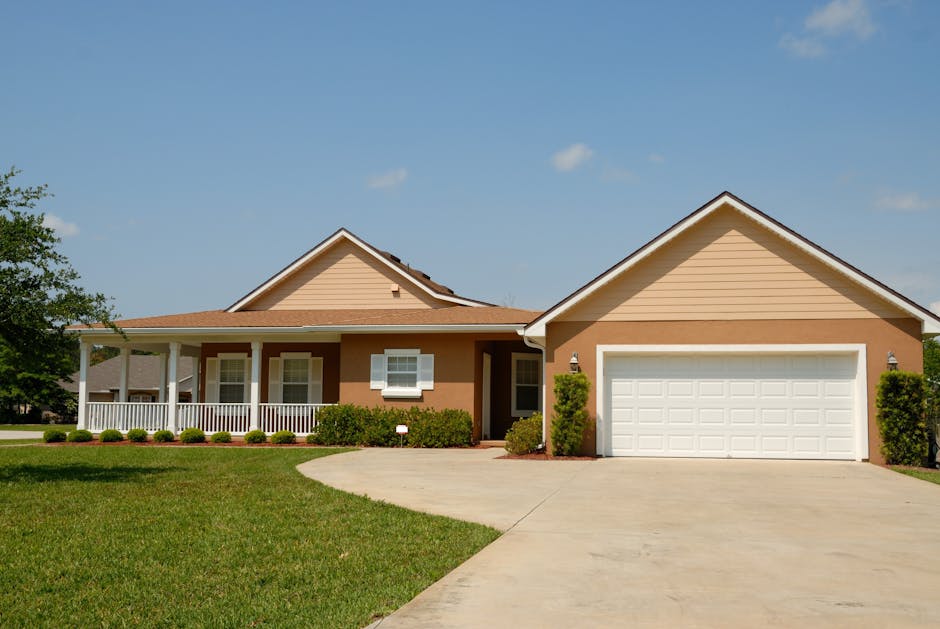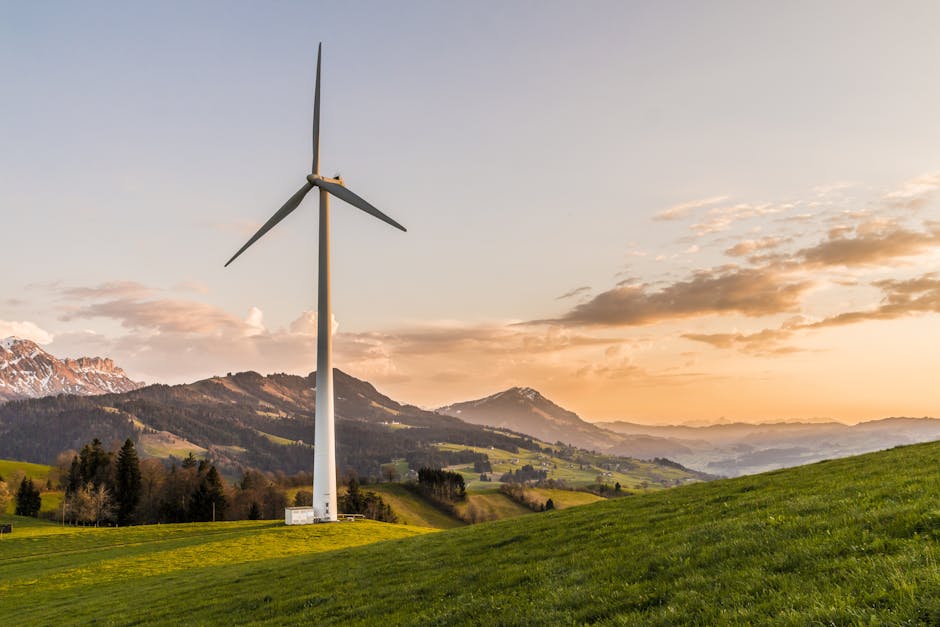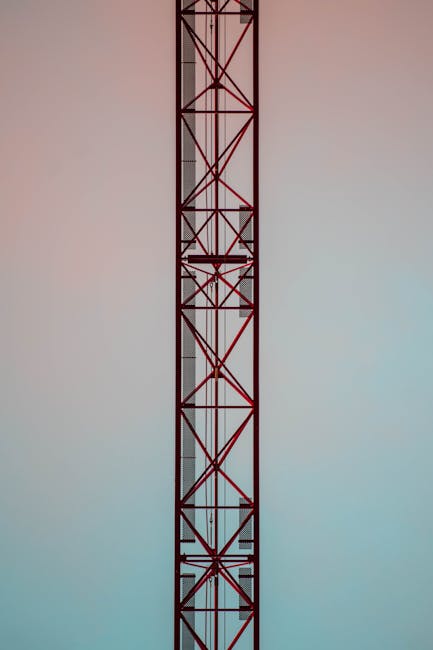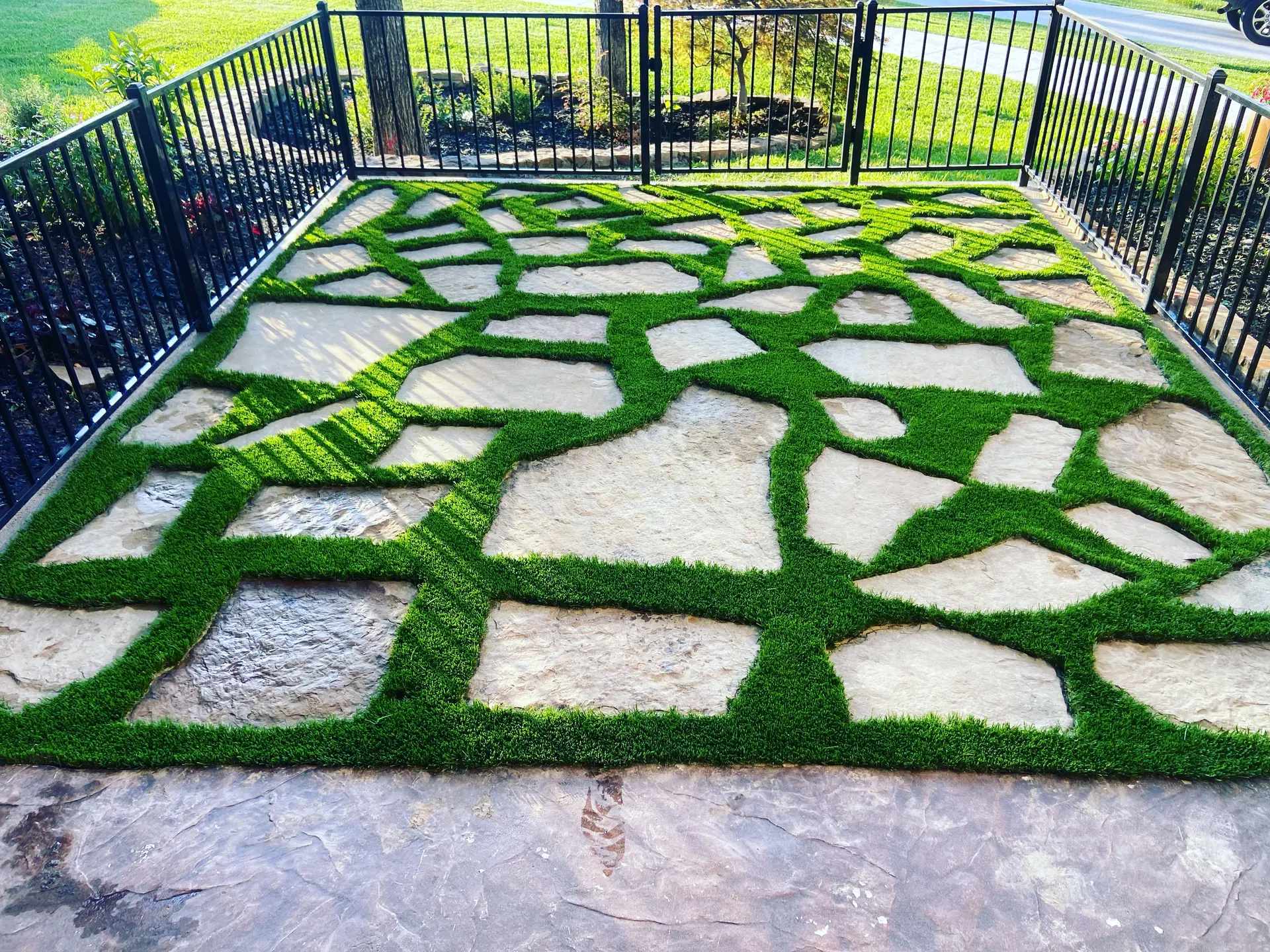
Introduction to Synthetic Grass in Residential Landscaping
Synthetic grass, also known as artificial turf, has become an increasingly popular choice for residential landscaping. Initially developed for sports fields, its application has extended into urban living spaces due to advancements in technology and manufacturing. This chapter provides an introduction to synthetic grass, its origins, and its growing presence in residential settings.
Historical Context
The use of synthetic grass dates back to the 1960s when it was first used in the Houston Astrodome. Since then, significant improvements have been made in both the materials and installation methods, resulting in a product that closely mimics the appearance and feel of natural grass.
Materials and Manufacturing
Modern synthetic grass is typically made from durable materials such as polyethylene, polypropylene, and nylon. These materials are engineered to withstand various weather conditions and heavy foot traffic, providing a long-lasting landscaping solution.
Components of Synthetic Grass
The construction of synthetic grass involves several layers:
- Backing Material: Provides structural support.
- Tufted Fibers: Mimic the blades of grass, often treated to resist ultraviolet (UV) radiation and wear.
- Infill: A mix of sand, rubber, or other materials that help to keep the fibers upright and provide cushioning.
Applications in Residential Landscaping
Synthetic grass is used in various residential settings, such as:
- Lawns: Provides a green, manicured look year-round.
- Backyards: Creates functional and low-maintenance outdoor living spaces.
- Balconies and Rooftops: Adds greenery to urban apartments and high-rises.
Benefits Overview
The following table summarizes some key benefits of using synthetic grass in residential landscaping:
| Benefit | Description |
|---|---|
| Low Maintenance | Requires minimal upkeep compared to natural grass. |
| Water Conservation | Reduces water usage as no irrigation is needed. |
| Durability | Withstands heavy foot traffic and adverse weather conditions. |
| All-Season Appeal | Maintains a green appearance throughout the year. |
Conclusion
Synthetic grass presents a viable alternative to natural grass in residential landscaping. It offers benefits such as reduced maintenance, water conservation, and durability, making it an attractive option for homeowners seeking to enhance their outdoor spaces.
Environmental Impact and Sustainability of Synthetic Grass
Synthetic grass, also known as artificial turf, has gained attention not only for its practical and aesthetic benefits but also for its environmental impact and sustainability aspects. While skepticism often surrounds its environmental friendliness, numerous studies and real-world data offer a comprehensive understanding of its ecological implications.
Water Conservation
One of the most significant environmental benefits of synthetic grass is its capacity to conserve water. Traditional lawns require frequent watering, which can be unsustainable, especially in arid regions or areas experiencing drought. According to a study by the Southern Nevada Water Authority, homeowners can save an average of 55 gallons of water per square foot annually by switching to artificial turf.
Reduction of Chemicals and Pesticides
Natural lawns often necessitate the use of fertilizers, herbicides, and pesticides to maintain their appearance. These chemicals can seep into the soil and water supplies, posing risks to local ecosystems and human health. Synthetic grass eliminates the need for these substances, contributing to a reduction in chemical runoff and soil contamination.
Carbon Footprint Considerations
There is ongoing debate on whether synthetic grass has a smaller carbon footprint compared to natural lawns. While the production of synthetic turf is energy-intensive, it is offset by the reduction in lawn mowing, which typically relies on gasoline-powered equipment that emits carbon dioxide. Research by the University of California Cooperative Extension shows that a gasoline-powered lawnmower can emit the same amount of pollution as 11 cars over an hour of use.
Longevity and Lifecycle
Artificial turf is designed to last between 10 to 20 years, depending on the quality and usage. The durability and long life of synthetic grass mean fewer replacements and less waste over time. End-of-life recycling options are also improving, with several manufacturers now offering recycling programs to repurpose old turf materials.
Urban Heat Island Effect
One environmental concern associated with synthetic grass is its potential to contribute to the urban heat island effect. Unlike natural grass, which has cooling properties, synthetic turf can absorb and retain heat. However, innovative designs and materials are being developed to mitigate this effect. For example, some types of artificial grass incorporate cooling technologies and reflective pigments to reduce surface temperatures.
Material Composition and Recycling
Most synthetic grasses are made from polyethylene, polypropylene, or nylon, which are plastics derived from non-renewable resources. Advancements in production techniques now include the use of biodegradable materials, although these are not yet widespread. Recycling initiatives are crucial to addressing the end-of-life disposal of synthetic turf. Several companies are adopting closed-loop recycling processes, converting old turf into new products or repurposing it for other applications.
In conclusion, while synthetic grass offers notable environmental benefits, such as significant water conservation and chemical reduction, it also presents challenges like potential heat retention and plastic use. Continuous advancements in material science and sustainable practices are essential to improve the ecological footprint of artificial turf further.
Economic Analysis: Cost-Effectiveness and Maintenance Savings
Understanding the economic implications of incorporating synthetic grass in residential landscaping is crucial for homeowners. This chapter delves into the cost-effectiveness and maintenance savings associated with synthetic grass, providing objective insights based on real data.
Initial Installation Costs
While the initial installation cost of synthetic grass can be higher than natural turf, it is essential to consider long-term benefits. The expense for synthetic grass installation typically ranges from $5 to $20 per square foot, depending on the quality of materials and complexity of the installation.
Here is a comparative overview of costs associated with natural turf versus synthetic grass over a 10-year period:
| Cost Category | Natural Turf (10 Years) | Synthetic Grass (10 Years) |
|---|---|---|
| Initial Installation | $2,000 – $5,000 | $5,000 – $20,000 |
| Annual Maintenance | $500 – $1,500 | $100 – $200 |
| Total Cost Over 10 Years | $7,000 – $20,000 | $6,000 – $22,000 |
Maintenance Savings
One of the most significant economic benefits of synthetic grass is its lower maintenance requirements compared to natural grass. Natural lawns require regular watering, mowing, fertilization, and pest control. In contrast, synthetic grass demands minimal upkeep:
- Watering: Synthetic grass does not need regular watering, leading to significant cost savings on water bills.
- Mowing: There is no need for frequent mowing, reducing labor costs and equipment expenses.
- Pest Control: Synthetic turf is less susceptible to pests, decreasing the need for chemical treatments.
- Fertilization: No fertilization is required, eliminating these recurring costs.
Longevity and Replacement Costs
Synthetic grass has a lifespan of 15 to 20 years with proper care, whereas natural grass may require reseeding or replacement more frequently. Over time, the durability of synthetic grass can lead to further economic advantages.
Additional Financial Considerations
Besides direct cost savings, synthetic grass can also offer potential financial benefits through enhanced property appeal and resale value. Homeowners may find that properties with well-maintained synthetic lawns are more attractive to prospective buyers.
Overall, while synthetic grass requires a higher initial investment, the reduced maintenance costs, longevity, and potential increase in property value often make it a cost-effective choice for residential landscaping in the long term.
Aesthetic Appeal: Enhancing Curb Appeal and Property Value
Synthetic grass, often known as artificial turf, significantly enhances the aesthetic appeal of residential landscapes. This upgrade provides homeowners with a pristine lawn that maintains its lush, green appearance throughout the year, irrespective of weather conditions. By ensuring a consistently immaculate look, synthetic grass can bolster the curb appeal of any property.
The visual benefits of synthetic grass are multifaceted. Consistency in color and texture is a key advantage; synthetic lawns do not suffer from seasonal discoloration or patchiness, which are common issues with natural grass. Furthermore, the uniform appearance of synthetic turf can create a pleasing visual harmony in a neighborhood, contributing to a cohesive overall look.
Another significant benefit is the variety of design options available. Synthetic grass can be tailored to fit diverse landscaping styles. Homeowners can choose from different blade shapes, lengths, and colors to match their preferences and complement other landscaping elements. This flexibility allows for creative landscaping designs that would be challenging to achieve with natural grass.
In addition to its immediate visual appeal, synthetic grass can contribute positively to property value. An attractive, well-maintained lawn is often one of the first things potential buyers notice, and a property with a synthetic lawn may stand out in the real estate market. According to industry reports, properties with low-maintenance landscaping solutions like artificial turf can fetch higher prices due to the perceived value of reduced upkeep and water savings.
Moreover, synthetic grass supports other landscaping features. Its consistent surface is ideal for integrating with pathways, rock gardens, and water features without the concerns of soil erosion or grass overgrowth. It also pairs well with outdoor furniture and can create comfortable, visually appealing spaces for recreation and entertainment.
In summary, the aesthetic advantages of synthetic grass are clear. It offers a uniform and versatile landscaping option that enhances curb appeal, supports creative designs, and potentially increases property value. These benefits make synthetic grass an attractive choice for modern urban living spaces.
Health and Safety Benefits of Synthetic Grass
Synthetic grass offers numerous health and safety benefits, making it an attractive option for residential landscaping. One significant advantage is its role in reducing allergens. Natural grass often harbors pollen, which can trigger allergic reactions in individuals sensitive to grass pollen. According to the American College of Allergy, Asthma, and Immunology (ACAAI), millions of people in the United States suffer from grass pollen allergies. By opting for synthetic grass, homeowners can substantially reduce their exposure to these allergens, leading to improved respiratory health and overall comfort.
Another health benefit of synthetic grass is its contribution to a cleaner environment. Natural grass lawns can become breeding grounds for pests such as ticks, fleas, and mosquitoes, which may carry diseases. Synthetic turf does not provide a habitat for these pests, thereby decreasing the risk of vector-borne illnesses. This aspect significantly enhances the safety of outdoor spaces, particularly for children and pets who spend a considerable amount of time playing outside.
From a safety perspective, synthetic grass delivers a more consistent and hazard-free surface for recreational activities. Traditional grass fields can develop uneven patches, holes, and muddy areas, posing tripping hazards. Synthetic grass remains level and stable, minimizing the risk of falls and injuries. Many synthetic grass products are also designed with shock-absorbing underlays that provide additional cushioning, reducing the potential for injury during sports and play.
Moreover, synthetic grass contributes to a healthier lifestyle by encouraging outdoor activities. Maintenance is straightforward and minimal, ensuring that the surface remains inviting and usable year-round. This accessibility can foster greater participation in physical exercise, promoting cardiovascular health, muscle strength, and overall fitness among residents.
It is also worth noting the hygiene benefits associated with synthetic grass. Unlike natural grass, which can become muddy and harbor bacteria, synthetic grass is designed to drain quickly and dry effectively, reducing the presence of standing water and the potential for bacterial growth. Materials used in synthetic grass, such as antimicrobial infill options, are available to further enhance cleanliness and reduce odor, leading to a more pleasant and safe environment.
In conclusion, the health and safety benefits of synthetic grass make it an excellent choice for residential landscaping. From reducing allergens and deterring pests to ensuring a consistent, safe, and clean surface, synthetic grass significantly enhances the quality and safety of outdoor living spaces.
Installation Techniques and Best Practices
Proper installation techniques are crucial to maximizing the lifespan and performance of synthetic grass in residential landscaping. The installation process includes several key steps that ensure a durable, aesthetically pleasing, and functional artificial lawn.
Site Preparation
Effective site preparation is the foundation of a successful synthetic grass installation. This process involves removing any existing grass, weeds, and debris from the designated area. The soil should be excavated to a depth of approximately 3-4 inches to accommodate the base layers and synthetic grass. Additionally, it’s essential to address any drainage issues by ensuring the ground is sloped away from structures and installing appropriate drainage solutions if necessary.
Base Layer Construction
The base layer provides stability and aids in drainage. Typically, a base layer is constructed using a combination of crushed rock or gravel. A common specification includes a sub-base of 2-3 inches of crushed rock (20-40mm in diameter) topped with 1-2 inches of decomposed granite or a similar material. This layer should be compacted firmly using a plate compactor to prevent any shifting or unevenness in the surface.
Weed Barrier and Underlay Installation
To prevent weed growth, a geotextile weed barrier should be installed over the compacted base layer. This barrier allows water to pass through while inhibiting weed penetration. An additional underlay, such as a foam padding layer, can be installed to enhance comfort and shock absorption, particularly in areas where children might play or where additional cushioning is desired.
Synthetic Grass Placement
Roll out the synthetic grass over the prepared base layer, ensuring that the pile direction of each piece aligns for a uniform appearance. Trim the edges using a sharp utility knife to conform to the shape of the area. If multiple rolls of grass are required, it’s crucial to join them seamlessly. Lay the adjoining pieces side by side and use outdoor adhesive or seaming tape along with heavy-duty staples or nails to secure the seams and edges.
Infill Application
Infill materials, such as silica sand or crumb rubber, are spread evenly over the synthetic grass surface. The infill helps to support the grass fibers and maintain their upright position. Additionally, it provides a ballast that ensures the grass remains in place and enhances the overall feel and performance of the lawn. Typically, a spreader is used to distribute the infill material uniformly, followed by brushing the grass to work the infill into the fibers.
Final Grooming and Inspection
The final steps in the installation involve brushing the grass fibers with a power broom or a stiff-bristled brush to ensure the infill settles evenly and the fibers remain upright. Conduct a thorough inspection to ensure there are no exposed edges, gaps between seams, or areas with insufficient infill. Address any issues promptly to achieve a flawless finish.
Adhering to these installation techniques and best practices results in a high-quality, durable synthetic grass landscape that offers long-term enjoyment and minimal maintenance requirements for residential properties.
Future Trends and Innovations in Synthetic Grass Technology
The synthetic grass industry continues to evolve with advancements that enhance both its aesthetic appeal and functional benefits. As technological innovations progress, the future of synthetic grass appears promising and is expected to bring several noteworthy trends.
One of the most significant trends is the use of recyclable materials in the production of synthetic grass. Companies are increasingly adopting eco-friendly practices by opting for polymers that are simpler to recycle and have a lower environmental footprint. This shift aims to address concerns regarding the disposal of synthetic grass at the end of its lifecycle.
An emerging innovation in synthetic grass technology is the development of cool touch surfaces. These surfaces are designed to stay cooler under direct sunlight, making synthetic grass more comfortable for both humans and pets. Technologies such as reflective pigments and heat-blocking infill systems are being integrated into the grass fibers, reducing surface temperatures significantly.
Enhanced drainage systems are another area of focus. Newer synthetic grass varieties are being manufactured with advanced drainage capabilities, ensuring superior water flow and reducing the risk of waterlogging. These improvements are increasingly relevant for areas prone to heavy rainfall.
Realistic aesthetics continue to drive innovation. Advances in fiber technology allow manufacturers to mimic the natural look of grass more convincingly. This includes variations in blade shapes, colors, and textures that more accurately replicate the diversity found in natural grass.
In terms of functionality, the introduction of antimicrobial properties in synthetic grass is gaining traction. These properties help control the growth of bacteria, fungi, and other microbes, contributing to a healthier and more hygienic living environment. This is particularly beneficial in residential spaces where children and pets frequently interact with the lawn.
Additionally, the integration of smart technologies into synthetic grass systems is on the horizon. Concepts such as built-in sensors that monitor moisture levels or detect wear and tear can provide homeowners with real-time data and insights, facilitating better lawn management and maintenance.
The future of synthetic grass technology will likely continue to be shaped by the demand for more sustainable, functional, and visually appealing solutions. Continuous research and development in these areas hint at a landscape where synthetic grass not only matches but potentially surpasses natural grass in multiple aspects.



